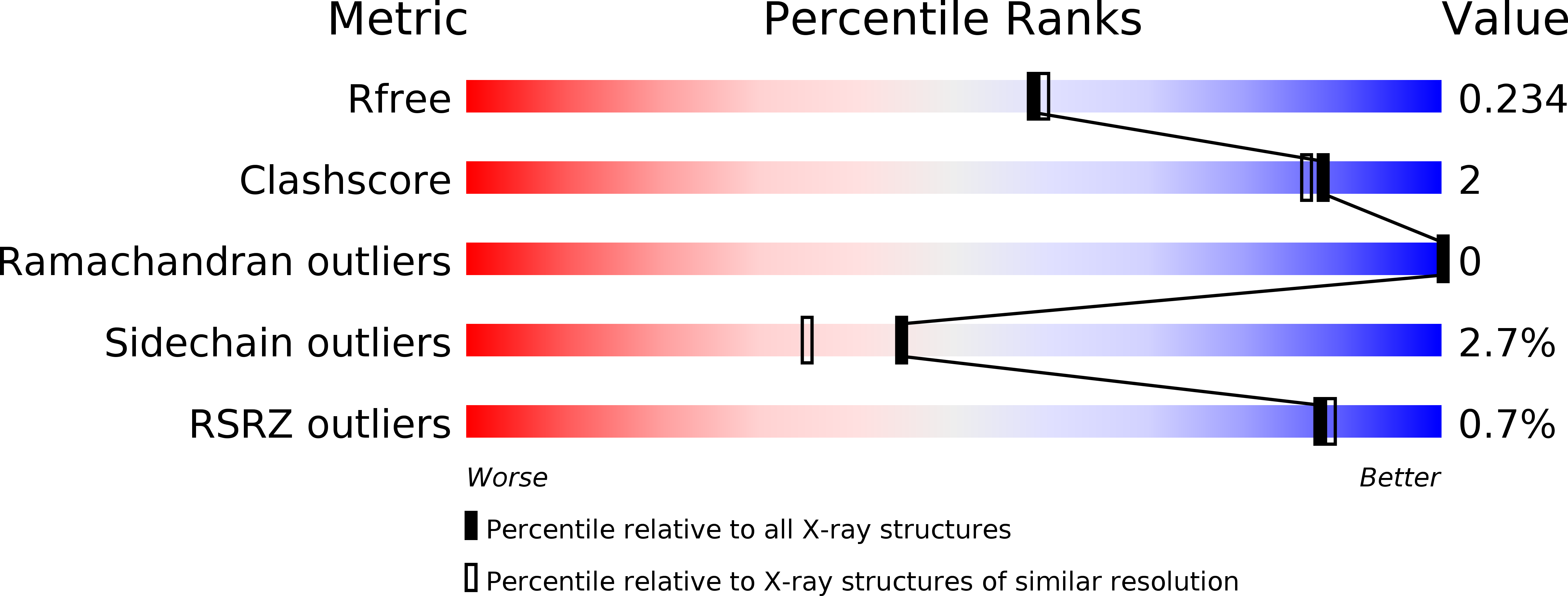
Deposition Date
2018-09-20
Release Date
2018-10-03
Last Version Date
2024-11-20
Method Details:
Experimental Method:
Resolution:
1.98 Å
R-Value Free:
0.22
R-Value Work:
0.19
R-Value Observed:
0.19
Space Group:
P 21 21 21


